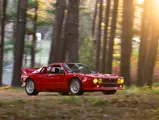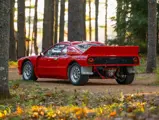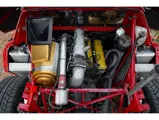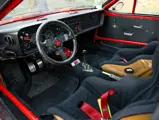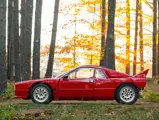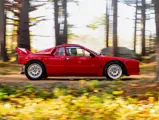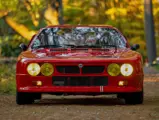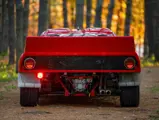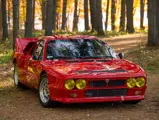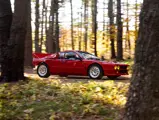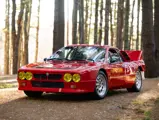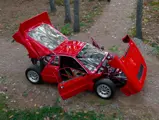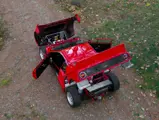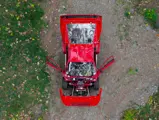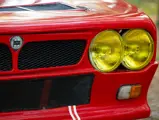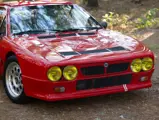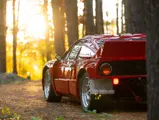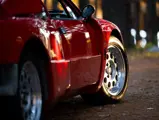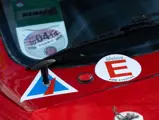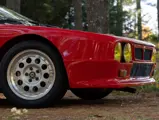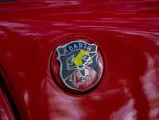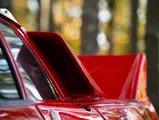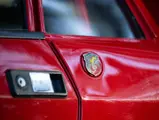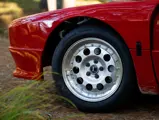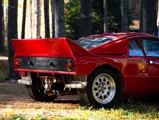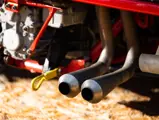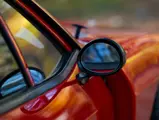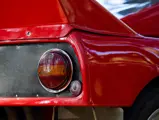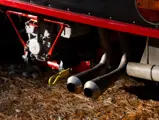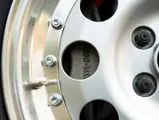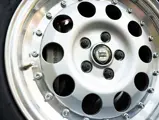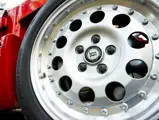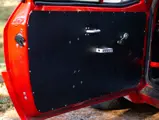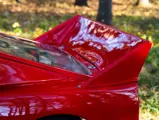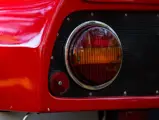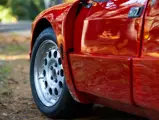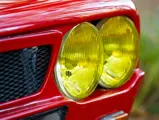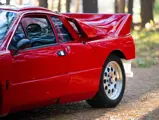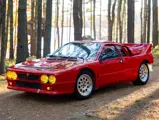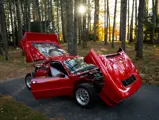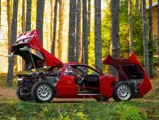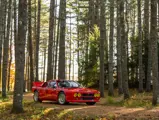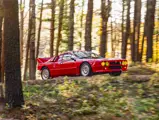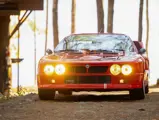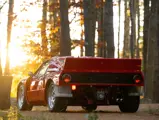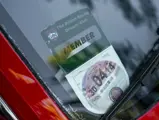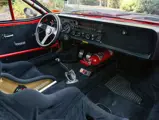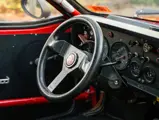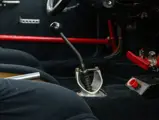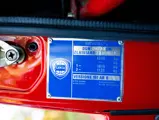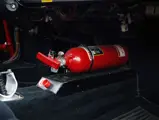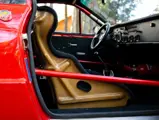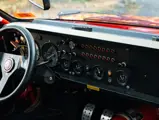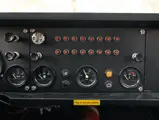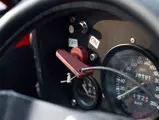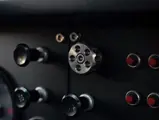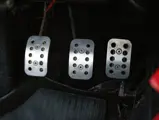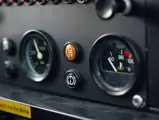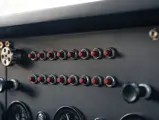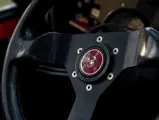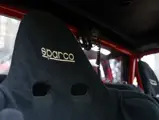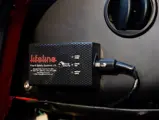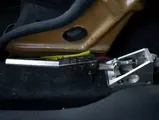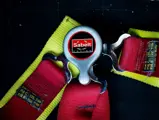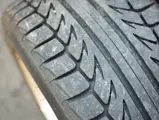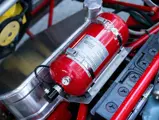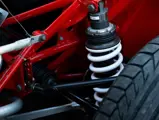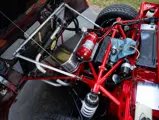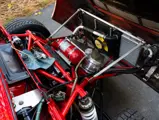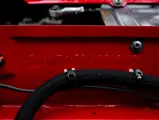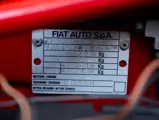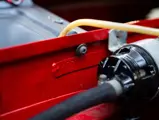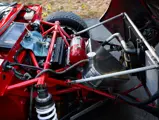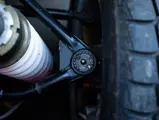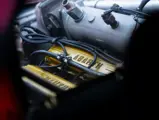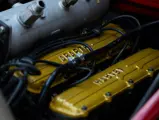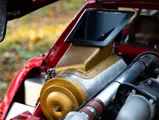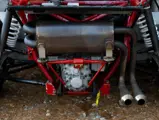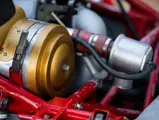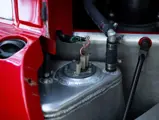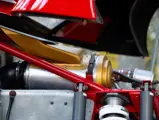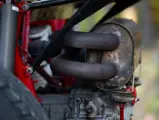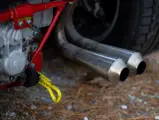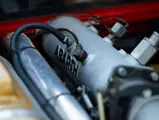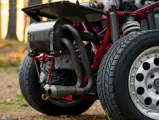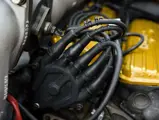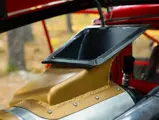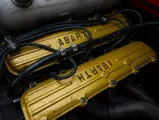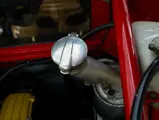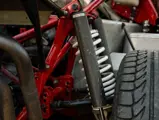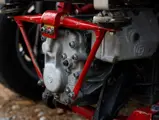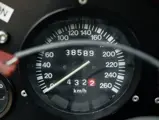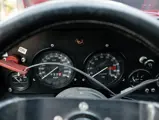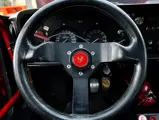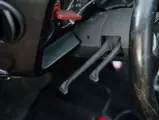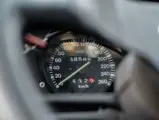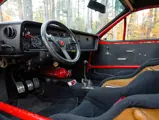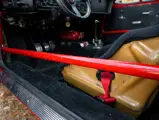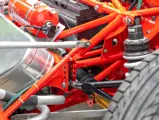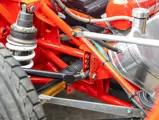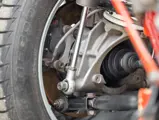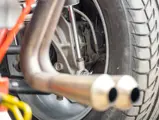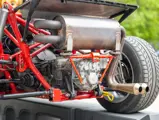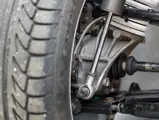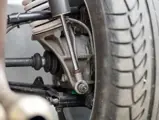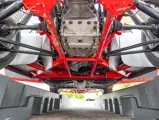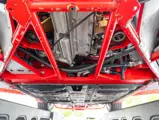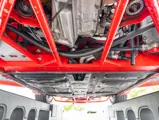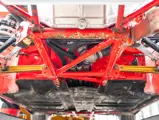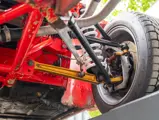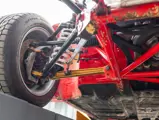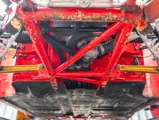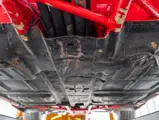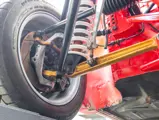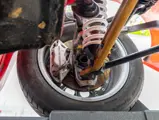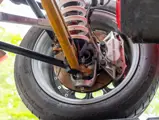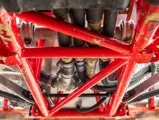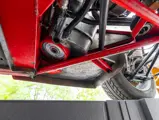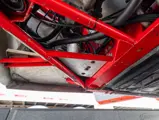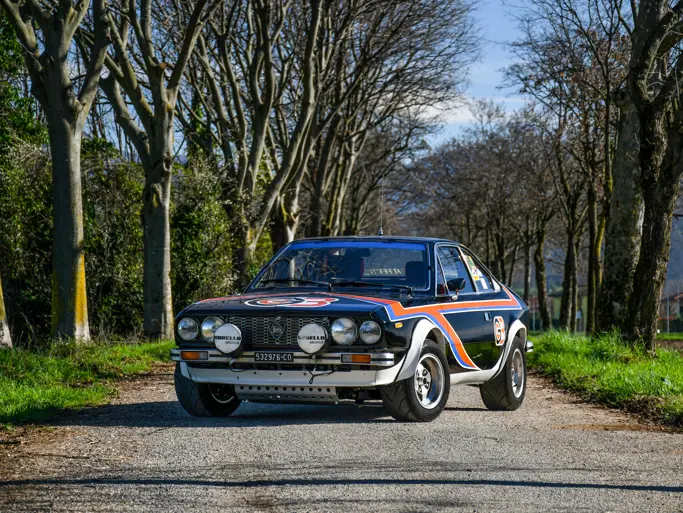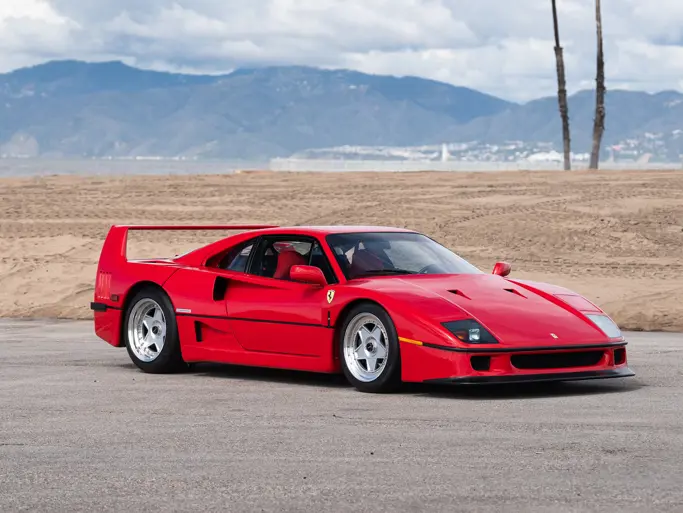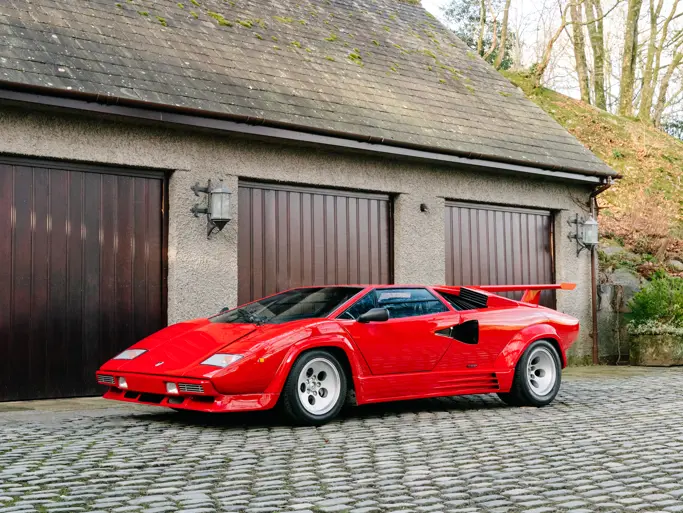Miami
1982 Lancia Rally 037 Stradale ‘Evolution II’
{{lr.item.text}}
$500,000 USD | Sold
 | Miami Beach, Florida
| Miami Beach, Florida
{{internetCurrentBid}}
{{internetTimeLeft}}

- A legendary Group B homologation special
- The 29th of only 207 examples produced
- Desirably updated in-period with Abarth ‘Evolution II’ equipment
- Documented in Piergiorgio Pelassa’s 037 Ultimo Mito and Lancia 037: The Development and Rally History of a World Champion by Peter Collins
In the summer of 1979, the FIA announced their Group B rallying regulations, a radical change in the racing-car classification system scheduled to begin competition in 1982. With very little time to at hand for the project, Lancia quickly determined their Group B creation would require extensive development from a preexisting chassis and powertrain.
Consequently, Abarth and Pininfarina were immediately tabbed to design, engineer, and homologate the resulting Lancia vehicle using the triumvirate’s most recent joint project as a basis. Fortunately, that “most recent joint project” was the Lancia Beta Montecarlo Turbo Gr.5—which was already well on its way to delivering Lancia the 1980 and 1981 World Sportscar Championships.
Like the Beta Montecarlo Turbo Gr.5, Lancia’s new rally car was to utilize the central monocoque of the production Montecarlo road car with the engine and suspension carried on tubular subframes front and rear. Abarth’s lead racing engineer and “SE 037” project manager Sergio Limone determined that, unlike the transverse-engined Gr.5, the 037’s 2.0-liter, twin-cam inline four-cylinder engine would be mounted longitudinally to allow more flexibility in rear suspension design, as well as better access to the suspension and gearbox. And for better throttle response, the Gr.5’s exhaust-driven turbo would be replaced by a Roots-type "Volumex" supercharger—as favored by Abarth president Aurelio Lampredi.
By April 1980, Abarth had completed the “SE 037” project, with Lancia and Pininfarina subsequently greenlighting production. FIA certification was met on 1 April 1982, and Lancia subsequently debuted the 037 Rally in competition at the Tour de Corse Rallye de France on 6 May. Although the new car finished a promising 9th overall, Lancia focused their 1982 season on intense development rather than a championship run.
The following year saw Walter Röhrl and Markku Alén lead the works Martini Racing team to wins at Monte Carlo, Tour de Corse, Acropolis, New Zealand, and Sanremo en route to the 1983 World Rally Championship—Lancia’s fifth constructors’ championship and the final WRC title by a two-wheel-drive car.
Echoing the world-beating pedigree of its racing sibling (and Gr.5 predecessor), the roadgoing 037 Stradale is truly a homologation special to experience for one’s self. Much admired for its nimble, razor-sharp handling, direct feedback, and commendable power band that always yearns for the raucous delivery of max boost to the rear wheels, the 037 Stradale is very easy to enjoy but exceptionally difficult to master.
When combined with its giant supercharger, the car’s lightweight bodywork, spartan cabin, and close-ratio five-speed transaxle work to surround the driver with a sensory rapture which more than one automotive journalist has called “terrifying”. This particular Evolution II model is an exhilarating, no-holds-barred, exceptionally-impractical-yet-road-registered direct counterpart to the WRC Championship-winning Group B racecar.
037 RALLY STRADALE NUMERO VENTINOVE
This 037 Rally Stradale is the 29th of 207 roadgoing examples produced by Lancia between December 1980 and January 1984.
An accompanying history file clearly traces the car’s entire chain of ownership to the present, and much of Stradale 29’s provenance has been broadly documented in Piergiorgio Pelassa’s 037 Ultimo Mito, and Lancia 037: The Development and Rally History of a World Champion by Peter Collins.
Delivered new to Italy in July 1982, Stradale 29 was subsequently imported to Switzerland on 15 March 1983 by a Fiat-Lancia agent, Marzio Cavadini, for his personal use. In 1984, Cavadini had Stradale 29 thoroughly improved with Abarth’s new “Evolution II” updates, which include an entirely revised supercharger, engine components, exhaust, intake, suspension, cockpit, and brakes. In this specification Stradale 29 is capable of more than 300 horsepower, nearly 50% more power than the standard 037 Rally Stradale.
By 1986 this Stradale had passed from Cavadini to Andrea Beltrami of Biasca, then indicating 22,985 kilometers (~14,282 miles). Beltrami enjoyed the car for another 11,000 kilometers until 1992, when it was purchased by a dealer in Ponte Tresa and later consigned to auction on 30 April 1994. The original air conditioning and radio are believed to have been substituted for a fire suppression system during Cavadini—or Beltrami’s— previous ownership. Stradale 29 was thusly purchased by a Belgian collector and given the registration NHK 275 on 15 September 1994.
Three years later, a move to the United Kingdom was in due order, and this Lancia was then treated to a comprehensive mechanical refresh completed in September 1998 at 33,867 kilometers (~21,040 miles) by MRH Engineering. After some 800 kilometers of exhilarating road use, this owner perhaps decided that Stradale 29 was a bit too exciting, and thusly sold it onward to the noted vintage racer Stuart Rolt on 10 May 1999.
Rather ironically, Rolt’s family company, FFD, had created and developed the four-wheel drive technology which would see two-wheel drive cars like the Lancia 037 made universally obsolete in Group B and all other forms of championship rallying. Though as a former sportscar racer, and Director and Chairman of the prestigious British Racing Drivers’ Club (2004–2013), few were better suited than Rolt to exert mastery over this 037 Rally Stradale Evolution II, and he thusly retained it for the next 15 years. Under his careful ownership it was regularly maintained and occasionally enjoyed in amateur competition at several notable circuits between 2000 and 2014.
Rolt finally passed the car to an American collector in late 2014. Some months later Motor Kraft in Noblesville, Indiana was commissioned to complete approximately $15,000 of expert sorting, which is highlighted by the fitment of two custom-fabricated gas tanks mounted just aft of the rear cabin bulkhead. A set of the factory-correct Speedline alloy wheels were also sourced during previous ownership, and today these are shod in BFGoodrich G-Force rubber.
Acquired by the consignor in 2021 and now indicating just shy of 38,600 kilometers, (~23,985 miles) at time of cataloguing, Stradale 29 is a remarkable and well-documented Group B homologation special which succinctly echoes the all-conquering performance and thrill of its competition sibling.
Where Stradale number 29 sets itself apart is that, if you were able to have both the means and indeed the desire, this is exactly what your money could have bought back in the heyday of Group B. Surely one can drive a rally car on pavement but, thanks to the era's homologation requirements, this truly is a rally car built for the road.

